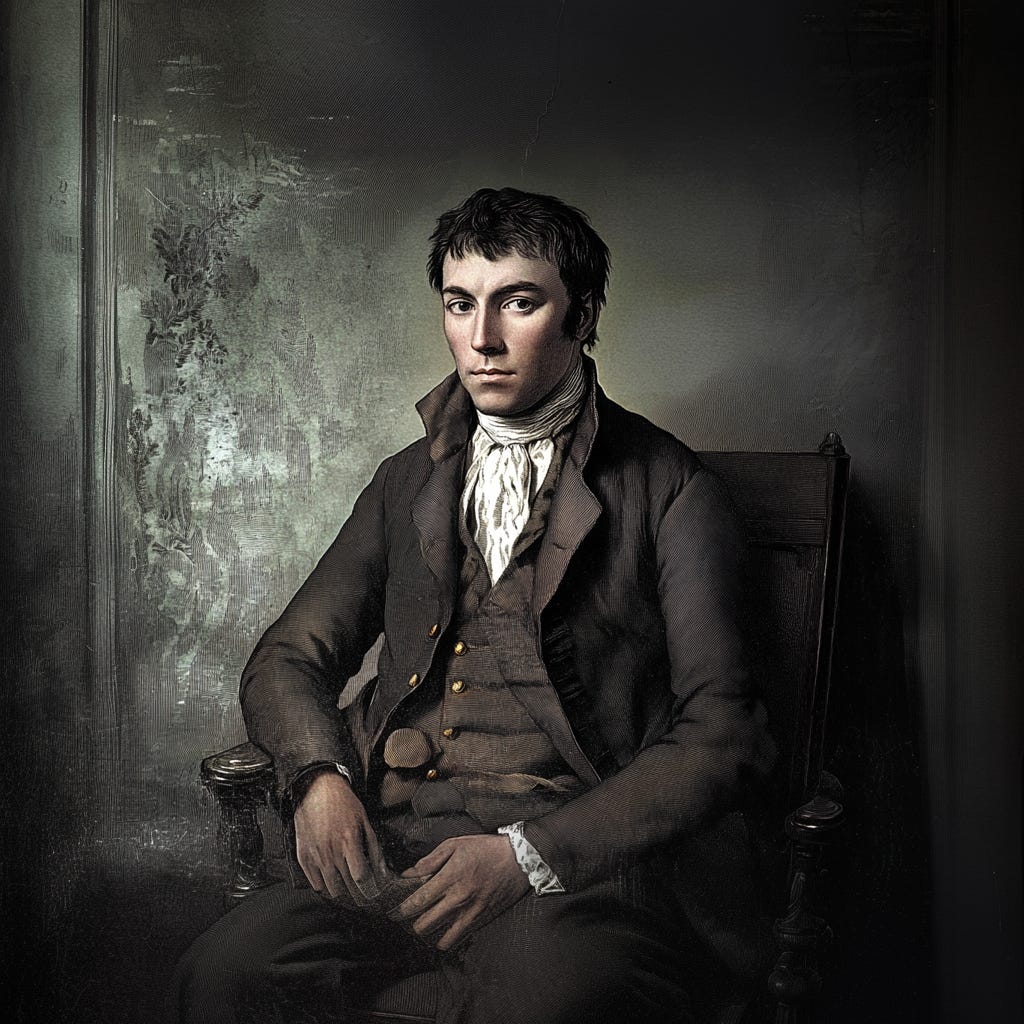The Body Suppliers: Investigating the Men Responsible for the Infamous West Port Murders
During the late 1820s in Edinburgh, Scotland, two men found that they could make good money selling cadavers to medical professionals. The problem arose when they began creating the corpses
Background
The infamous West Port Murders occurred in Edinburgh, Scotland, between 1827 and 1828. They were particularly noteworthy for their brutality and shocking motive: the trade and sale of human corpses for anatomical dissection purposes. At the center of these ghoulish crimes were two men - William Burke and William Hare.
William Hare was born in Ireland and relocated to Scotland as a young man to pursue better job opportunities. Not much is known about his upbringing and background; however, by the mid-1820s, we know he settled in Edinburgh, where he ran a boarding house.



